Pyrite
An interesting iron mineral with a storied past – it has been mistaken for gold by miners and panners alike throughout antiquity, hence the name ‘Fools Gold’.
Pyrite is almost always sold as found, but there are some cabochons, beads, and carvings cut from it from time to time.
Showing all 14 results
-
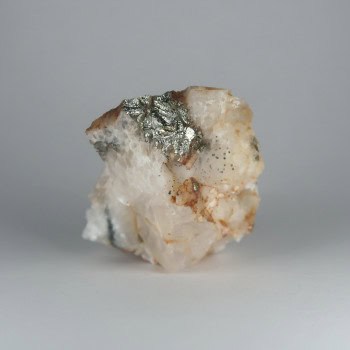
Calcite and Pyrite from Greystone Quarry, Cornwall
Price range: £5.00 through £20.00 -
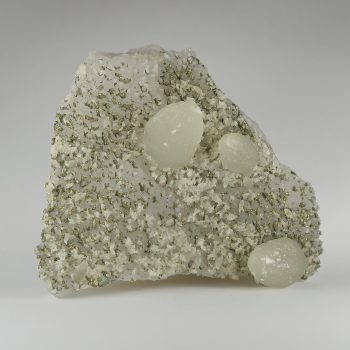
Calcite and Pyrite from La Sirena Mine, Mexico
£35.00 -
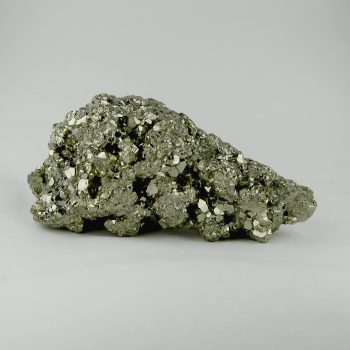
Pyrite Clusters
Price range: £1.00 through £5.00 -
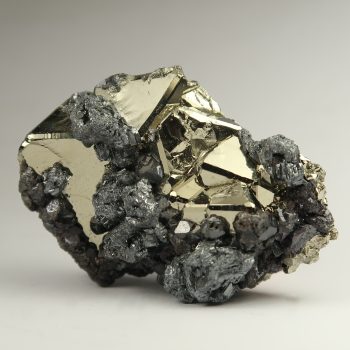
Pyrite clusters (Octahedral)
£25.00 -
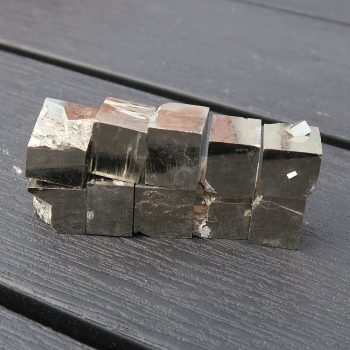
Pyrite Cubes
Price range: £1.00 through £2.50 -
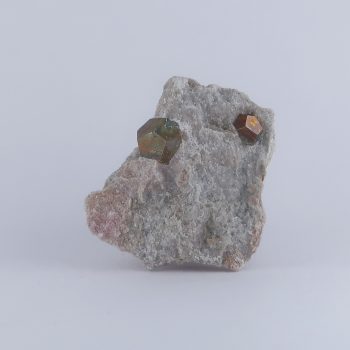
Pyrite from Ambas Aguas, Spain
Price range: £1.00 through £10.00 -
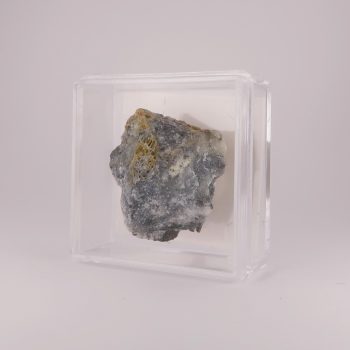
Pyrite from Deer Hills, Cumbria
£10.00 -
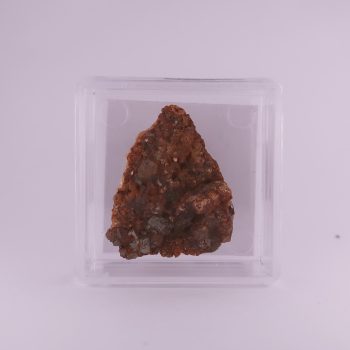
Pyrite from Krumlkeeskopf area, Austria
£3.00 -
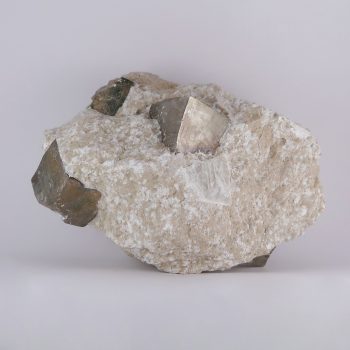
Pyrite from Navajún, Spain
Price range: £2.00 through £25.00 -
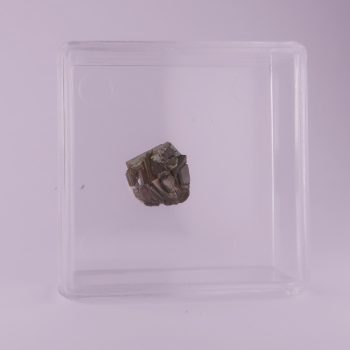
Pyrite from Shakespeare Cliff, Kent
£3.00 -
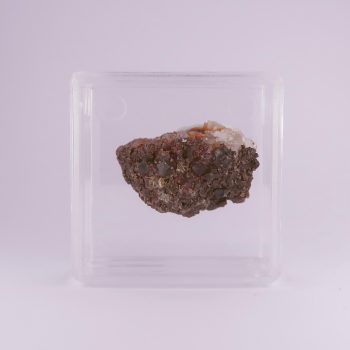
Pyrite from Smallcleugh Mine, Cumbria
£5.00 -
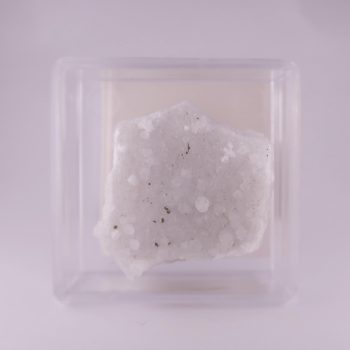
Pyrite from Tanzenberg, Austria
£10.00 -
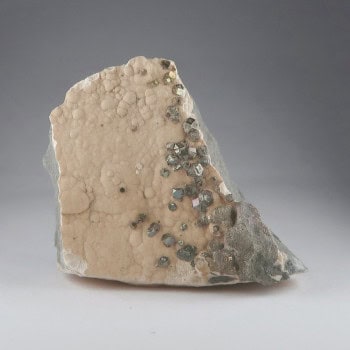
Pyrite from Warden Point, Kent
£20.00 -
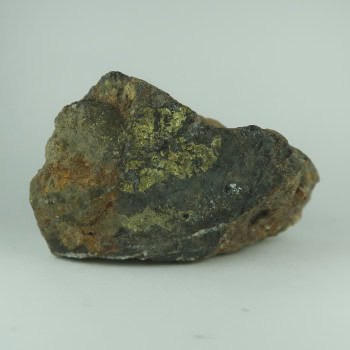
Sphalerite and Pyrite from Great South Tolgus
£10.00
Appearance, Uses and History
Pyrite is also, quite commonly, known as ‘fools gold’. This is a reference to the number of miners and prospectors who have mistaken Pyrite with Gold.
It has been used since classical times to create Iron sulfates and sulphuric acid.
In more modern times, it has been used for cathodes in batteries. It has been used for centuries in the creation of Marcasite jewellery, which was especially popular in the Victorian era. Pyrite was used as it is more chemically stable.
It is, of course, very popular with mineral collectors too!
Locales
A relatively worldwide distribution, across every continent. Some particularly nice specimens are found in Australia, Austria, Bolivia, Bulgaria, Canada, China, Colombia, Greece, Italy, Japan, Madagascar, Peru, Poland, Portugal, Romania, Slovakia, Spain, Tanzania, Turkey, the United Kingdom, and the USA.
There are some locales ‘more’ equal than others – pyritised fossils from the UK and Russia, Pyrite ‘suns’ from Illinois, USA, and cubic Pyrite from Spain are all very popular.
Mineralogy
Hazards and Warnings
Almost all rocks, minerals (and, frankly, almost all other substances on earth) can produce toxic dust when cutting, which can cause serious respiratory conditions including silicosis.
When cutting or polishing rocks, minerals, shells, etc, all work should be done wet to minimise the dust, and a suitable respirator or extraction system should be used.
Translations
Please note, the term ‘fools gold’ may be an English language colloquialism and may not make sense when translated.
Arabic:
- البايرايت
- البيريت الحديد
Hindi:
- पाइराइट
- लोहे का पाइराइट
Portuguese:
- pirita
- pirita de ferro
- tolos de ouro
Bengali:
- ধাতুমাক্ষিক
- আয়রন পাইরেট
Indonesian:
- pirit
- pirit besi
- bodoh emas
Punjabi:
- ਆਇਰਨ ਪਾਇਰਾਇਟ
English:
- pyrite
- iron pyrite
- fools gold
Italian:
- pirite
- pirite di ferro
Russian:
- пирит
- железный пирит
French:
- pyrite de fer
- l’or des fous
Japanese:
- 黄鉄鉱
Spanish:
- pirita
- pirita de hierro
- pirita ferruginosa
- oro de tontos
German:
- Pyrit
- Eisenpyrit
Korean:
- 황철석
- 황철광
- 바보 금
Thai:
Gujurati:
- પિરાઇટ
- આયર્ન પિરાઇટ
Mandarin and Traditional Chinese:
- 黄铁矿
- 黃鐵礦
- 傻瓜金
Urdu:
- پائرائٹ
- آئرن پائرائٹ
